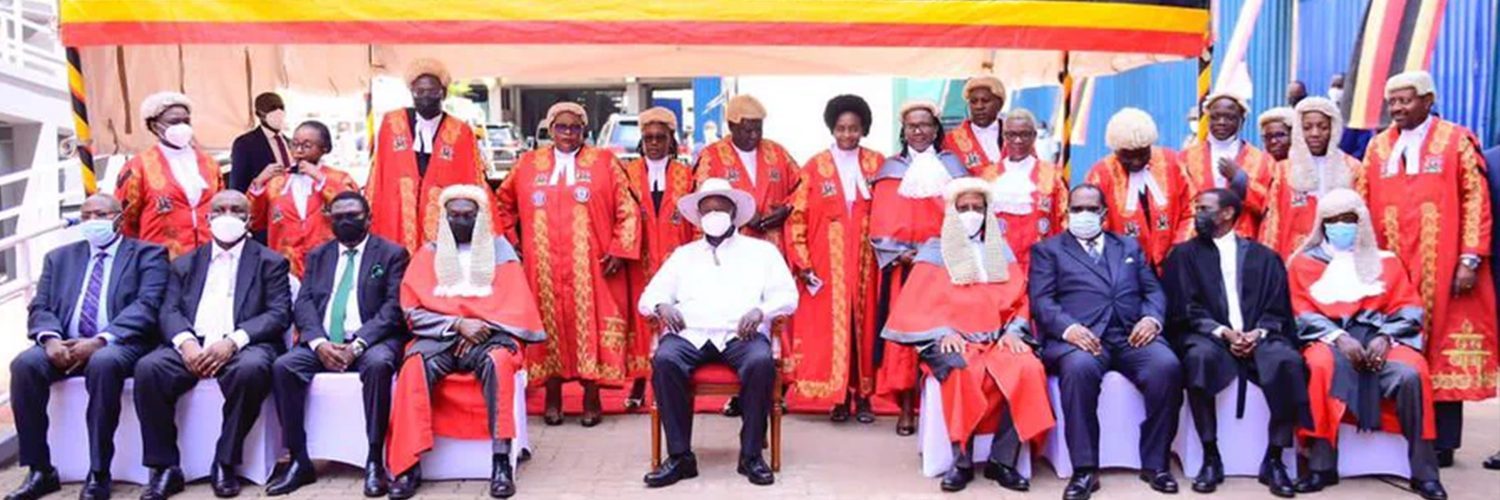The Judiciary is the third arm of Government, under the doctrine of separation of powers. The Lord Chief Justice deputized by a Lord Deputy Chief Justice heads the Judiciary. The superior courts of Uganda are the Supreme Court, Court of Appeal and the High Court. The Constitution Court sits whenever necessary.
The Judiciary is formed by the various courts of judicature, which are independent of the other arms of government. They include the magisterial courts, High Court, Court of Appeal and the Supreme Court.
The Uganda Judiciary has undergone tremendous changes since the turn of the last century to the present time. In that regard, following the enactment of the 1995 Constitution, the Judiciary structure has been redefined to consist of the following courts;
- Supreme Court;
- Court of Appeal or Constitutional Court;
- High Court;
- Chief Magistrates Courts;
- Grade I Magistrate’s Courts;
- Grade II Magistrate’s Courts;
- The Local Council Courts;
- Family and Children Courts and Land.
The Judiciary is constitutionally supposed to:
- Administer justice through resolving disputes between citizens and between the State and citizens;
- Interpret the Constitution and the laws of Uganda; promote the rule of law and to contribute to the maintenance of order in society;
- Protect human rights of individuals and groups;
- Initiate, develop and implement training programmes for the development of the Judiciary staff;
- Contribute to the enforcement of law and order;
- Enroll and license Advocates;
- License and discipline Court Brokers;
- Keep custody of laws enacted as well as disseminate legal literature;
- Receive Government revenue accruing from courts; and
- Introduce modalities for out of court dispute resolution mechanisms to reduce the burden of cases on the courts.
The Uganda Judiciary’s mission statement for the period 2011/12-2016 is:







